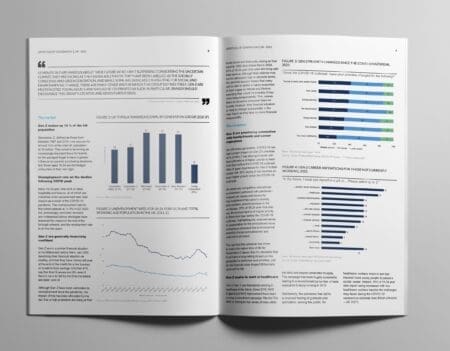Over the past several years a variety of marketing trends have caught on quickly, such as social media and web-based group deals (e.g. Groupon), that businesses try to capitalize on as quickly as possible. While many companies utilize these types of emerging market opportunities, there is still a slow response to these opportunities from certain types of businesses–automotive dealerships being one of them.
For some reason, automotive dealerships tend to be the last to take advantage of this type of new technology. Most dealerships have only dabbled lightly with social media, including setting up a Facebook page, and maybe even a twitter account; however, these are the only two forms that most dealers offer. With most of them still being operated by an “old-school” generation, they have moved ever so slowly to adapt to the fast-paced growth of modern technology. These changes they have undertaken are usually limited in scope to include the use of email to contact consumers, the modernization of computerized filing systems, and the utilization of the Internet for advertising.
Most automotive stores now believe that their most effective advertising channels consist of newspaper, radio, TV, and the Internet. According to a NADA state of the industry report, automotive dealership spending on Internet advertising has grown 19% between 2000 and 2010. Currently, spending on Internet advertising is the highest advertising expense for dealerships, with newspapers, TV, and radio following, respectively.
While the use of Internet advertising has certainly grown among dealerships, they still trail other companies in the effective utilization of the newest options for online marketing. Recently, an automotive dealer in Michigan decided to try a Groupon offering. The store, LaFontaine Auto in Detroit, offered a $500 coupon off the purchase or lease of a vehicle for the cost of $199 to the consumer. The deal itself, while stating $500 a discount, was, in fact, only $301 in savings once you subtracted the $199 paid by the consumer. This group deal was set to be activated once 10 people joined the group; however, only four people signed up to participate.
Some people reading this may be wondering why LaFontaine’s deal failed to attract enough people to activate it. If I were going to buy a vehicle, every dollar counts, so its not that the deal didn’t have something to offer. In fact, $301 off of a vehicle would equate to about $4 to $6 a month, depending on the rate and the term of the loan. There are a number of reasons why the Groupon offer was not successful, such as the necessity for the consumer to participate in additional negotiation, the limitation in the coupon’s use on only three different brands (Cadillac, GMC, and Buick), and the offer’s restriction of General Motors (GM) employees. Individually, each factor could have hindered response from consumers; however, all three collectively may have led to the deal falling through.
The issue with the negotiation factor is probably the biggest issue. One of the things consumers dislike the most about automotive dealerships is the fact that you have to haggle for your price, payment, and even trade-in value. When buying this deal, it did not take $500 off of the fixed price, but just $500 off. This means that if you showed the salesperson the discount earlier in the process, they would have taken off $500, and then negotiated with you; if you showed the salesperson the discount at the end of the process, then they may have buried it in other fees, or given it to you directly. The fact that the consumer still had to haggle left them feeling that the dealer would raise the price by $500 to cover the loss.
The next factor contributing to the failure of the group deal to activate is the fact that GM employees were restricted from participating in the offer. LaFontaine’s dealership is in Highland, MI, which is a state and location where GM has a large number of plants; in addition, GM’s world headquarters are an hour away, and the GM testing centers are located 10 minutes from the dealership. When you restrict GM employees from participating in a deal with these dynamics and variables, you also eliminate a large portion of potential buyers.
Reducing their market reach even further, LaFontaine’s dealership only sells GMC, Buick, and Cadillac vehicles; since Cadillac and GMC are classified as luxury and premium vehicles and even Buick is an upgrade from Chevrolet, that further restricts the lower income market to the choice of simply one brand. And this is a big part of the Michigan market share since the state unemployment rate is still above the national average.
Now, after examination of the above factors, it is fairly easy to understand why the number of potential buyers on the Groupon deal we studied was only four people. Though this deal did not activate, it does not mean that Groupon deals will not work at the dealer level. Dealers just need to focus on streamlining the buying process to eliminate the need for additional consumer negotiation and expanding their market reach while giving the customer a small savings. Here are some suggestions to develop a Groupon offer that will activate:
For more information on the US automotive industry, check out our industry reports on our Store
































